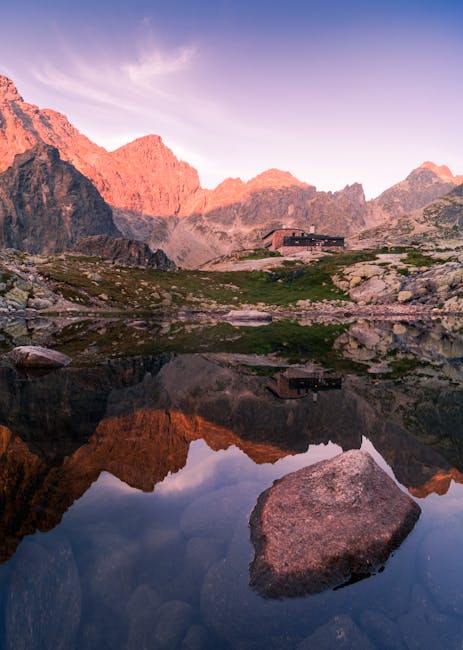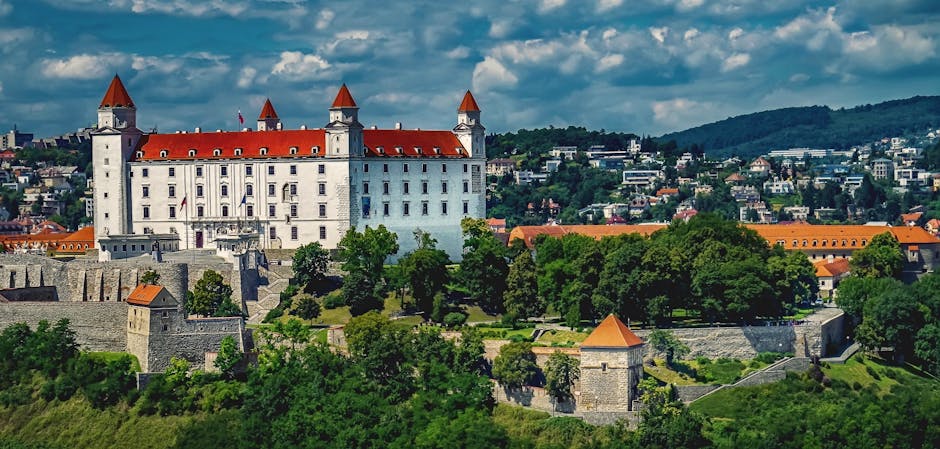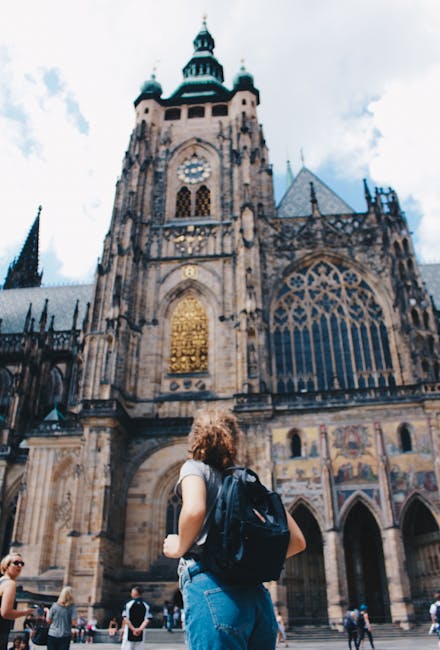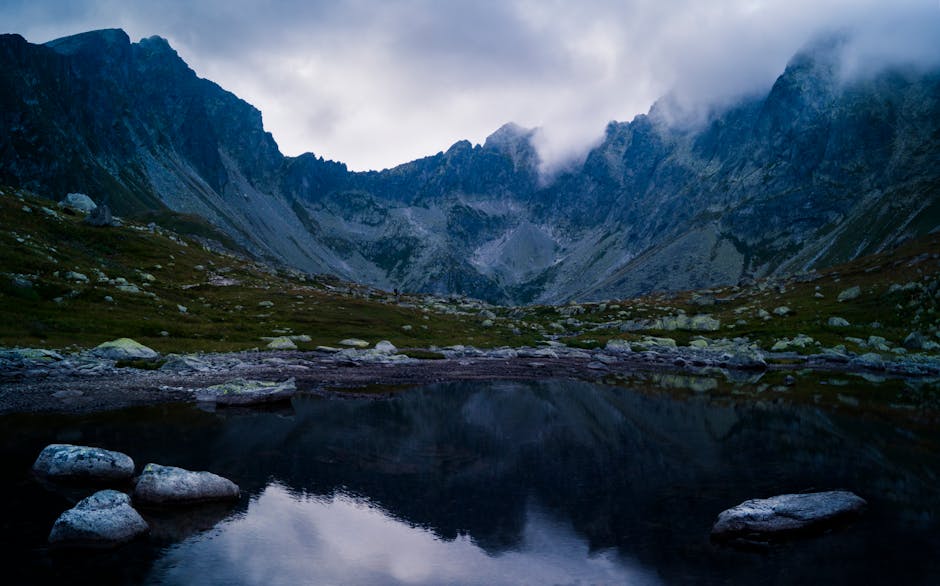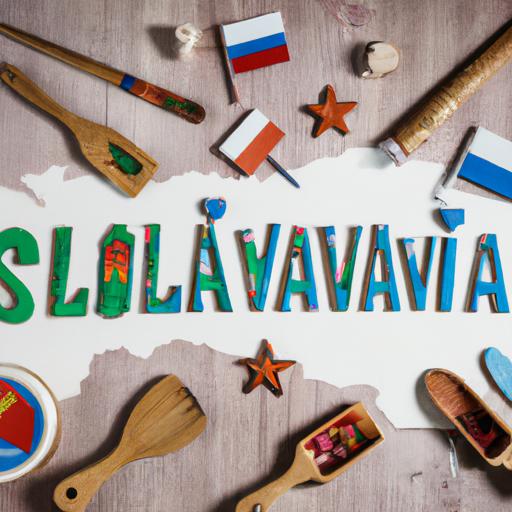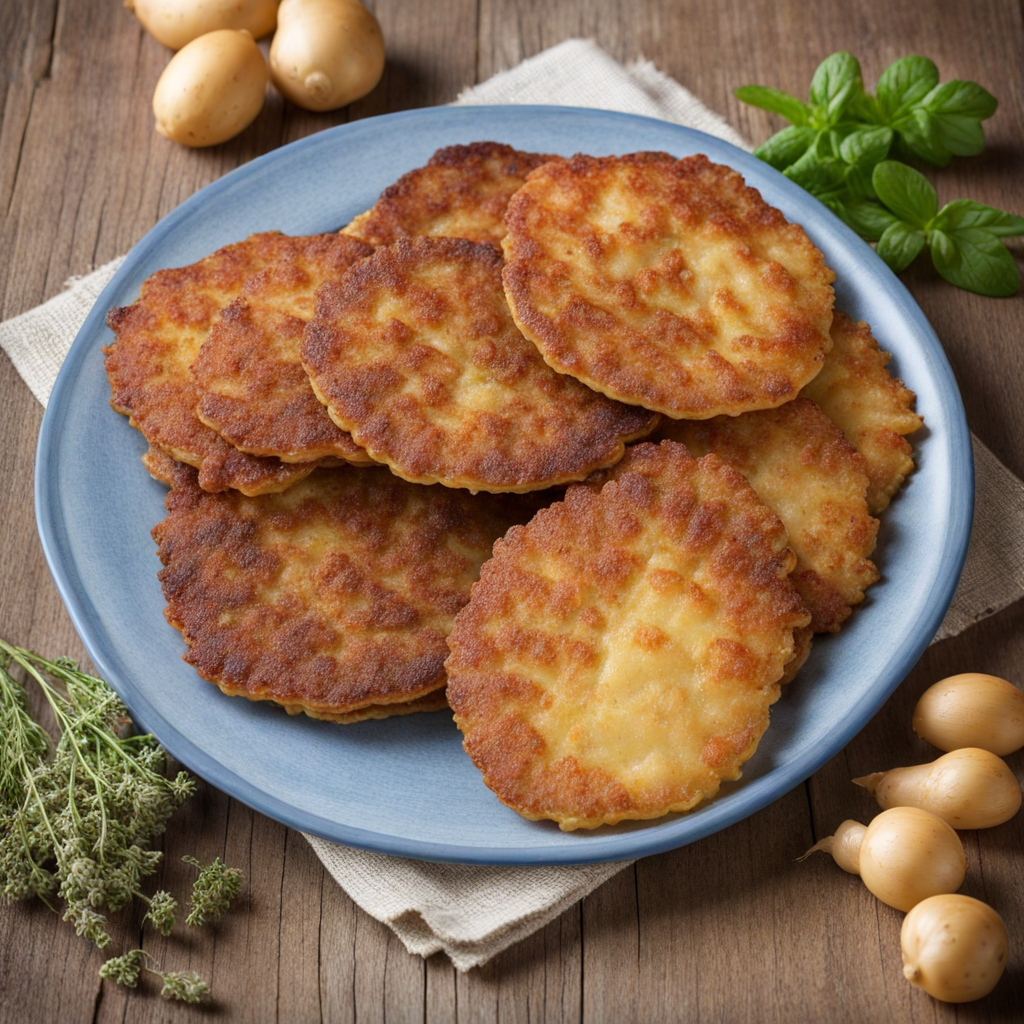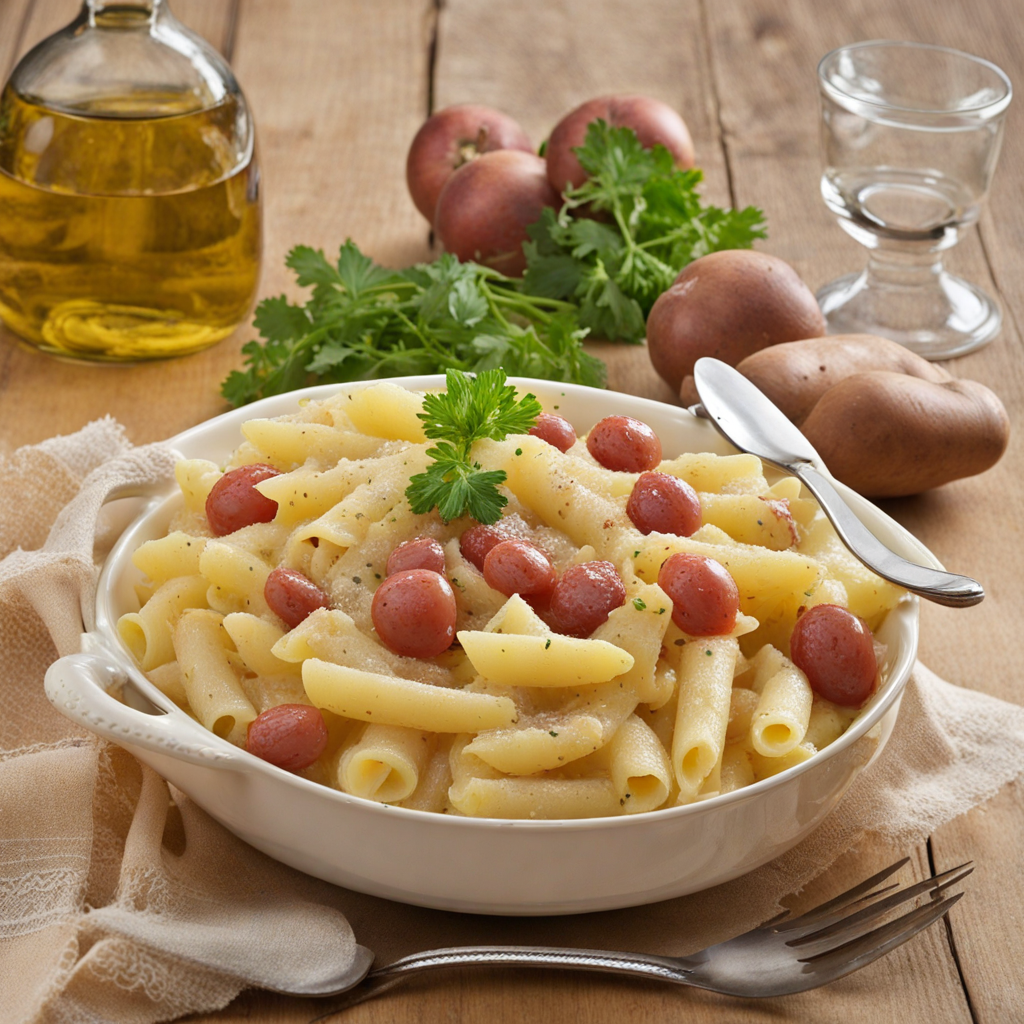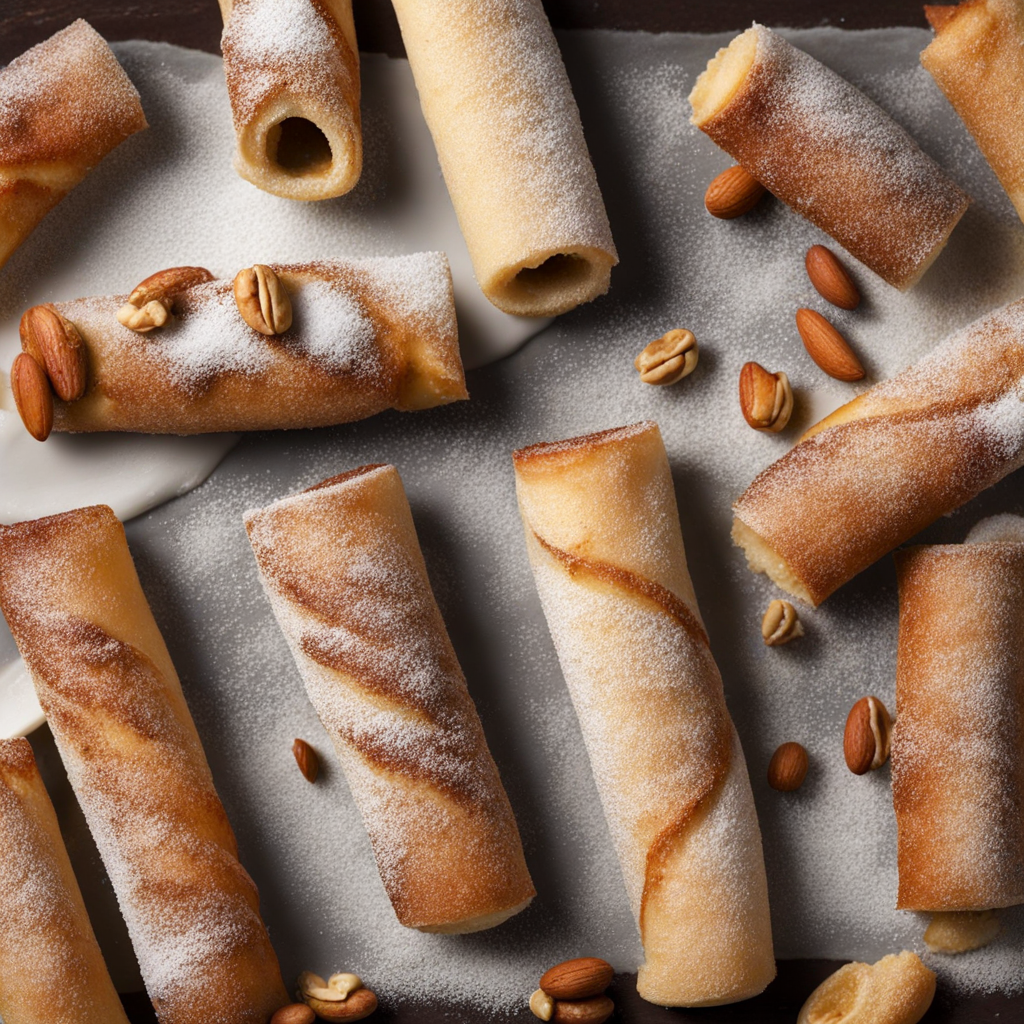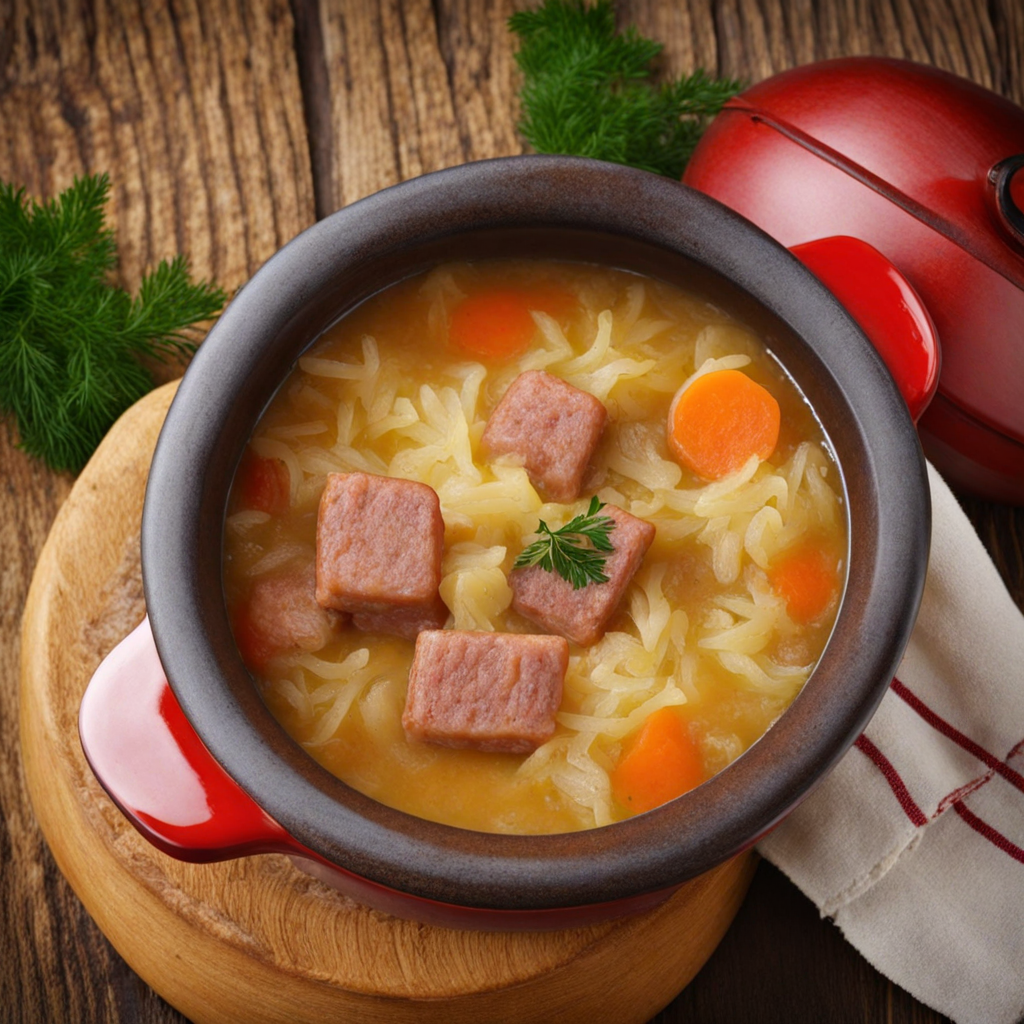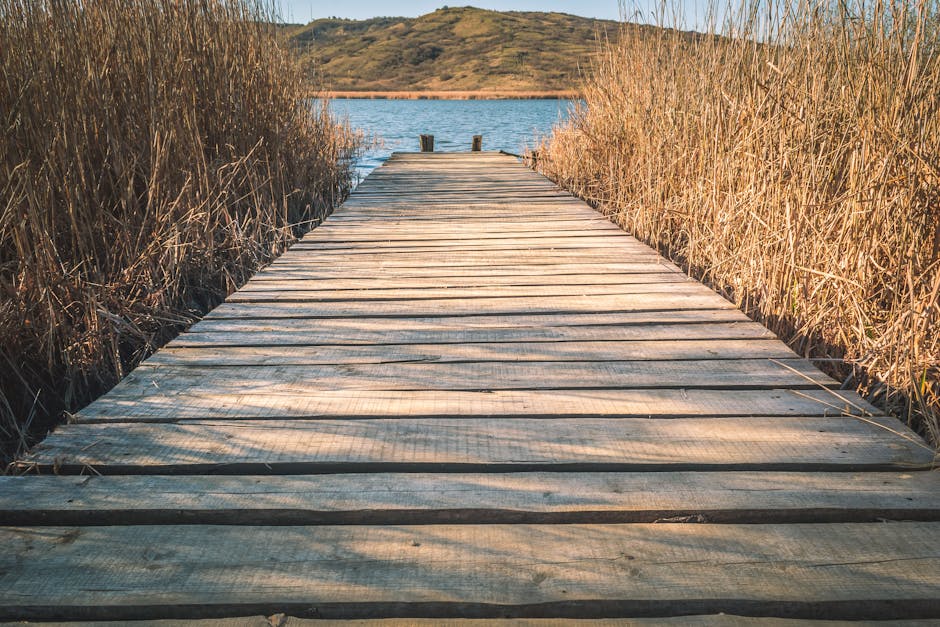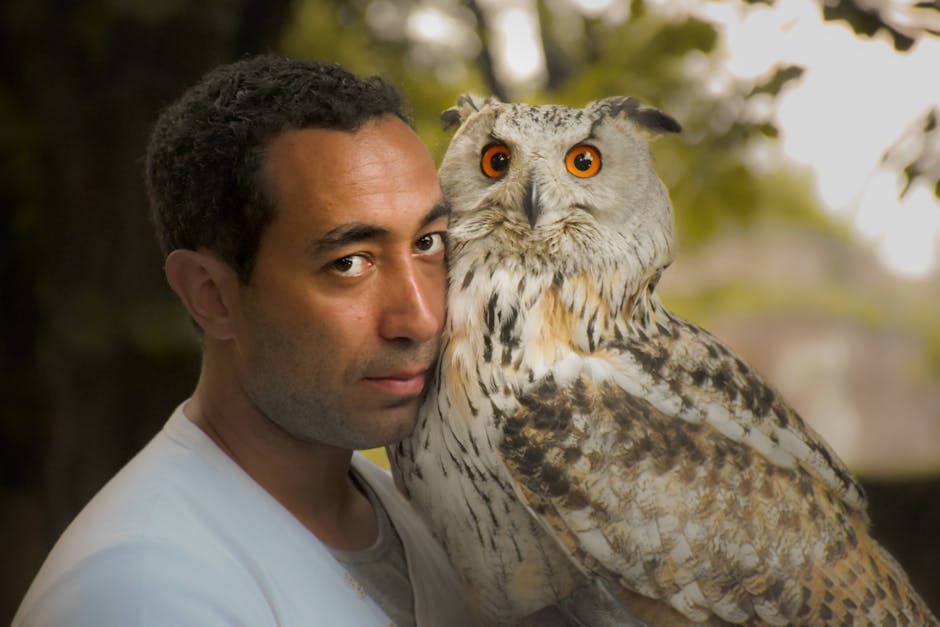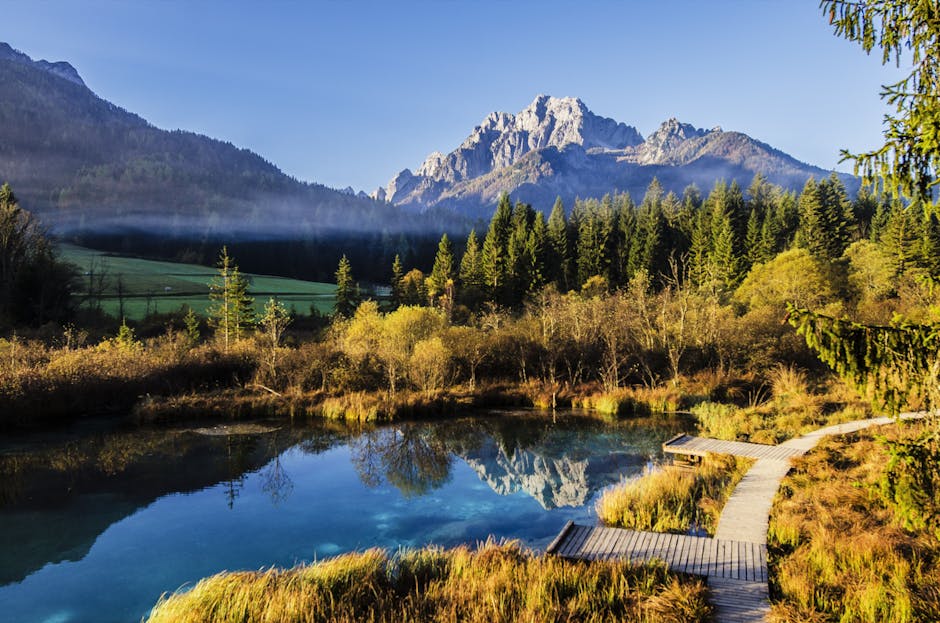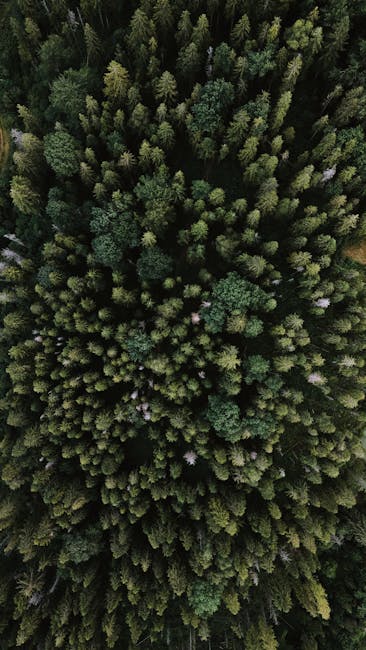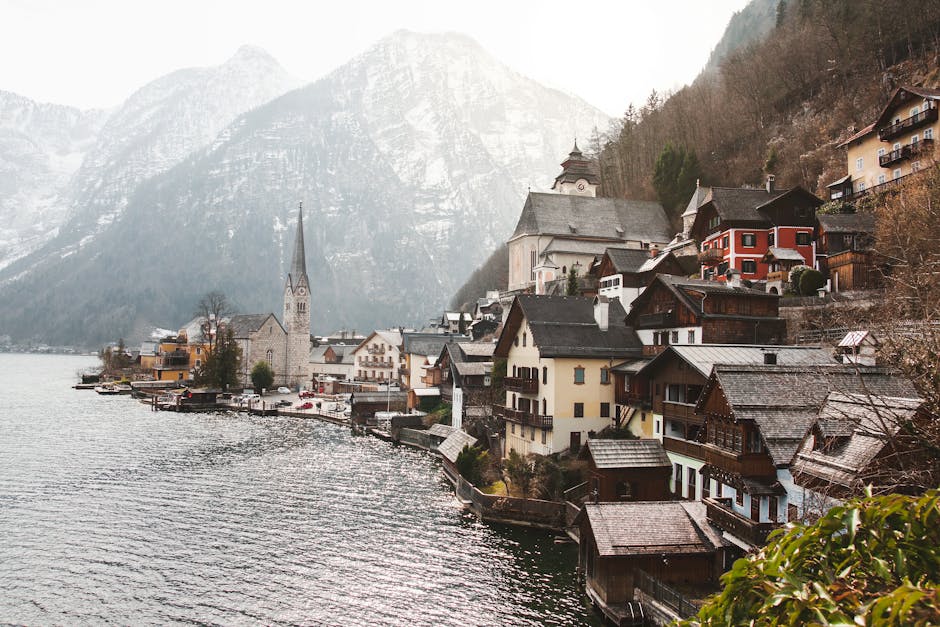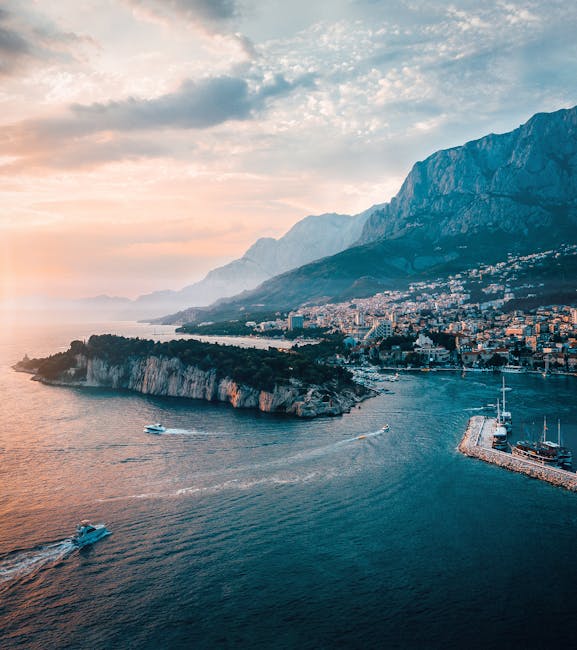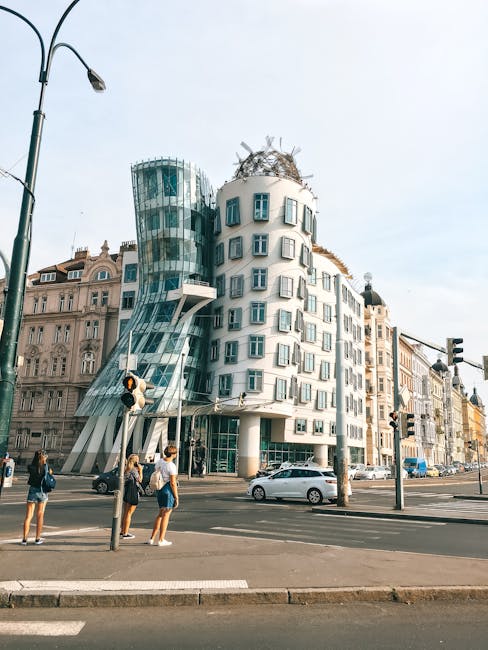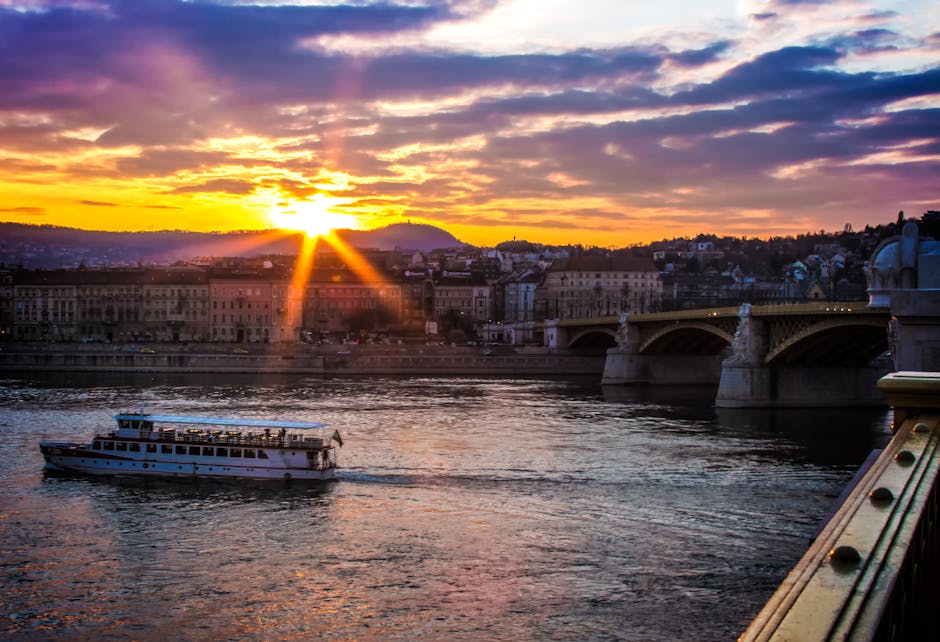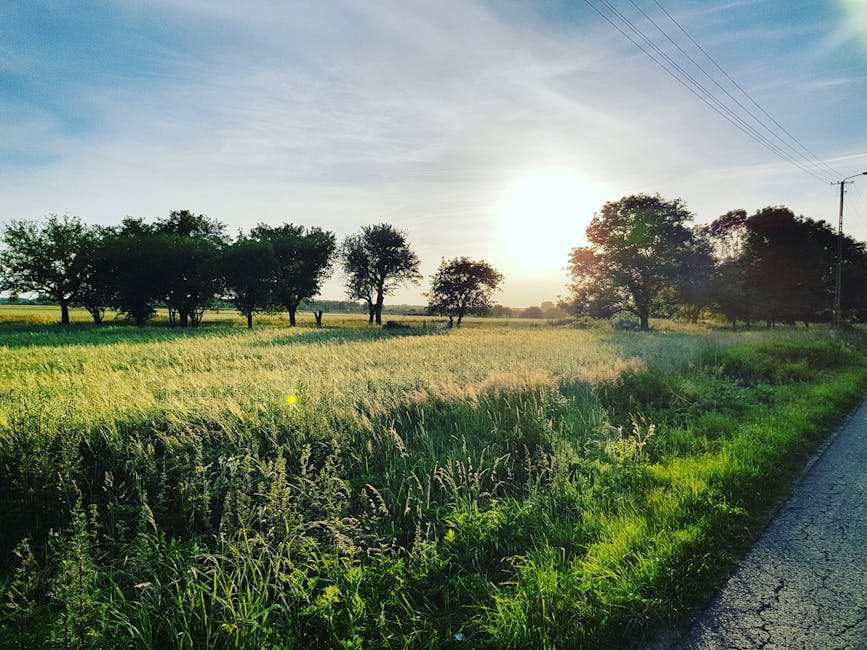Slovakia
Overview
Slovakia, a beautiful landlocked country in Central Europe, is known for its rich history, diverse culture, and breath-taking nature. This nation is home to spectacular mountains, expansive forests, and stunning castles that are sure to enchant teenagers. Slovak culture is as diverse as its landscape, with influences from Hungary, Austria, and the Czech Republic. The country's unique folk traditions, involving dance, music, costumes, and wooden architecture, are well-preserved and a sight to behold. Slovak cuisine is also worth exploring, with hearty dishes like Bryndzové Halušky (potato dumplings with sheep cheese and bacon) offering a delightful culinary experience.
The high season for tourism in Slovakia is during the summer, from June to August, and winter from December to February. The weather during the summer is warm and mild, making it perfect for outdoor activities like hiking in the High Tatras, exploring the charming city of Bratislava, or visiting the numerous castles scattered across the country. The winter season, however, transforms Slovakia into a winter wonderland, with snow-capped mountains ideal for skiing and snowboarding. Besides, Christmas markets in Bratislava and Košice are a must-visit for their festive atmosphere, local handicrafts, and delicious food and drink.
When preparing for a trip to Slovakia, teenagers should ensure they have a valid passport. With Slovakia being a part of the Schengen Agreement, no visa is required for stays of up to 90 days for many countries, but it's prudent to check the latest visa requirements. They should also familiarize themselves with some basic Slovak phrases, as English is not widely spoken outside the larger cities. Travel insurance is highly recommended for any unexpected incidents. Packing should be according to the season - warm clothes for winter and lighter attire for summer, along with a sturdy pair of shoes for exploring the rugged Slovak terrain. Lastly, while Slovakia is part of the Eurozone, having some cash handy is advisable for small vendors and rural areas.
A Glimpse into the Past
Slovakia, a landlocked country in Central Europe, boasts a rich tapestry of history that has shaped its culture, architecture, and national identity. Nestled between Hungary to the south, Austria to the west, and Poland to the north, Slovakia is a treasure trove of medieval towns, stunning landscapes, and fascinating historical sites.
Prehistoric and Early Medieval Periods
The history of Slovakia dates back to prehistoric times, with evidence of human habitation as far back as the Paleolithic era. Archaeological findings, including the famous Hallstatt and La Tène cultures, indicate that the area was home to Celtic tribes around 500 BC. These early inhabitants engaged in agriculture and trade, establishing settlements that laid the groundwork for future civilizations.
During the early medieval period, Slovakia became a part of the Great Moravian Empire, which flourished in the 9th century. The city of Nitra was a significant center of power, and it was here that the spread of Christianity began, largely due to the missionary efforts of Saints Cyril and Methodius. The two brothers developed the Glagolitic alphabet, which facilitated the Christianization of the Slavic people and had a lasting impact on the region's cultural development.
The Kingdom of Hungary
By the 10th century, the area that is now Slovakia fell under the influence of the Kingdom of Hungary. This period lasted for several centuries, during which Slovakia became an integral part of the Hungarian state. The region was characterized by a series of feudal lords and the construction of impressive fortresses and castles, many of which still stand today.
One of the most notable sites from this era is the Bratislava Castle, perched on a hill overlooking the capital city. The castle, with its distinctive rectangular shape, has served various purposes throughout history, from a royal residence to a military fortress. Visitors can explore its museum and enjoy panoramic views of the Danube River and the city below.
During the late medieval period, the region experienced significant economic and cultural growth, particularly in towns like Košice and Prešov. The emergence of a merchant class contributed to the development of urban centers, where Gothic architecture flourished. The St. Elisabeth Cathedral in Košice, completed in the 14th century, is a prime example of this architectural style and is the largest church in Slovakia.
The Austro-Hungarian Empire
In the 19th century, Slovakia became part of the Austro-Hungarian Empire, a period marked by a surge in national consciousness. The 1848 revolutions across Europe inspired Slovaks to seek greater autonomy and cultural recognition. This era saw the rise of influential figures such as L’udovít Štúr, a national leader who played a crucial role in the development of the Slovak language and literature.
The industrial revolution brought significant changes to Slovakia, with the establishment of factories and railroads. Cities like Trnava and Žilina experienced rapid growth as industrial hubs. The Slovak National Theatre in Bratislava, founded in 1920, reflects the cultural renaissance of the time, showcasing Slovak arts and traditions.
The Interwar Period and World War II
Following World War I and the dissolution of the Austro-Hungarian Empire, Slovakia became part of the newly formed Czechoslovakia in 1918. This period was characterized by attempts to balance national identity with the complexities of a multi-ethnic state. The interwar years saw significant political and social changes, as well as the establishment of educational institutions that promoted Slovak language and culture.
However, the rise of nationalism and tensions between Czechs and Slovaks led to a complex political landscape. During World War II, Slovakia became a client state of Nazi Germany, which resulted in tragic consequences, including the persecution of Jewish communities. The Slovak National Uprising in 1944 was a significant act of resistance against the fascist regime, and it is commemorated in various monuments throughout the country.
Post-War Period and Czechoslovakia
After the war, Czechoslovakia was re-established, and Slovakia underwent significant reconstruction. The communist coup of 1948 brought about a period of socialist rule, which lasted until the Velvet Revolution of 1989. During this time, Slovakia experienced industrialization and urbanization, but also political repression and economic challenges.
The Velvet Revolution marked a turning point in Slovak history, as citizens rallied for democracy and civil rights. This peaceful transition led to the eventual dissolution of Czechoslovakia in 1993, resulting in the creation of the independent Slovak Republic. The separation was largely amicable and is often referred to as the "Gentle Divorce."
Modern Slovakia
Since gaining independence, Slovakia has developed into a vibrant democracy and has joined various international organizations, including the European Union and NATO. The capital city, Bratislava, has transformed into a modern European hub, where historic architecture coexists with contemporary buildings. The Old Town, with its charming cobblestone streets, is a popular destination for tourists, showcasing landmarks such as the Michael's Gate and the Primatial Palace.
Slovakia's natural beauty is equally captivating, with the Tatra Mountains offering opportunities for hiking, skiing, and exploring picturesque landscapes. The Slovak Paradise National Park features stunning gorges, waterfalls, and diverse flora and fauna, making it a paradise for nature lovers.
Culturally, Slovakia is known for its rich traditions, including folk music, dance, and unique crafts. The country hosts numerous festivals throughout the year, celebrating everything from wine and food to folk heritage. The Demänovská Cave of Liberty and the Betliar Manor House are just a couple of the many attractions that highlight Slovakia's diverse historical and cultural heritage.
In conclusion, Slovakia's history is a reflection of resilience, cultural richness, and a dynamic identity shaped by various influences. From its early beginnings as a Celtic settlement to its modern-day status as an independent nation, Slovakia offers travelers a captivating glimpse into the past through its historic towns, stunning landscapes, and vibrant traditions.
Top cities for tourists in Slovakia
Discover the Famous Cities That Might Captivate Your Interests
Must-Try Foods You Can't Afford to Miss
Indulge in a Variety of Fantastic Foods During Your Stay in Slovakia
May Be Your Next Destinations
People often choose these countries as their next destination


